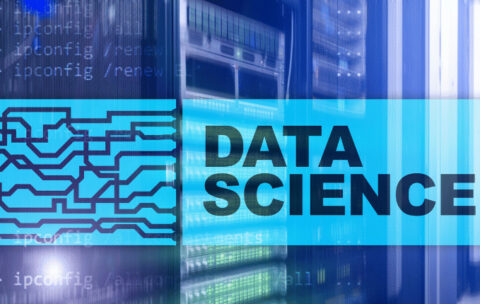Advanced HTML and CSS: Creating Responsive and Interactive Websites
Welcome to “Advanced HTML and CSS: Creating Responsive and Interactive …
What you'll learn
HTML5 and Beyond: Exploring Modern Web Development Techniques
Welcome to “HTML5 and Beyond Exploring Modern Web Development Techniques”! …
What you'll learn
Foundations of Data Science: Principles and Techniques
The course “Foundations of Data Science: Principles and Techniques” provides …
What you'll learn
Machine Learning and Predictive Modelling for Data Science
The course “Machine Learning and Predictive Modelling for Data Science” …
What you'll learn
Advanced Data Analytics: Methods and Applications
The course “Advanced Data Analytics: Methods and Applications” is designed …
What you'll learn
Fundamentals of Database Design: Principles and Techniques
The course “Fundamentals of Database Design: Principles and Techniques” provides …
What you'll learn
Advanced Database Development: Optimizing Performance and Scalability
The course “Advanced Database Development: Optimizing Performance and Scalability” is …
What you'll learn
Data Modelling and Database Management: Designing Efficient Data Structures
The course “Data Modelling and Database Management: Designing Efficient Data …









